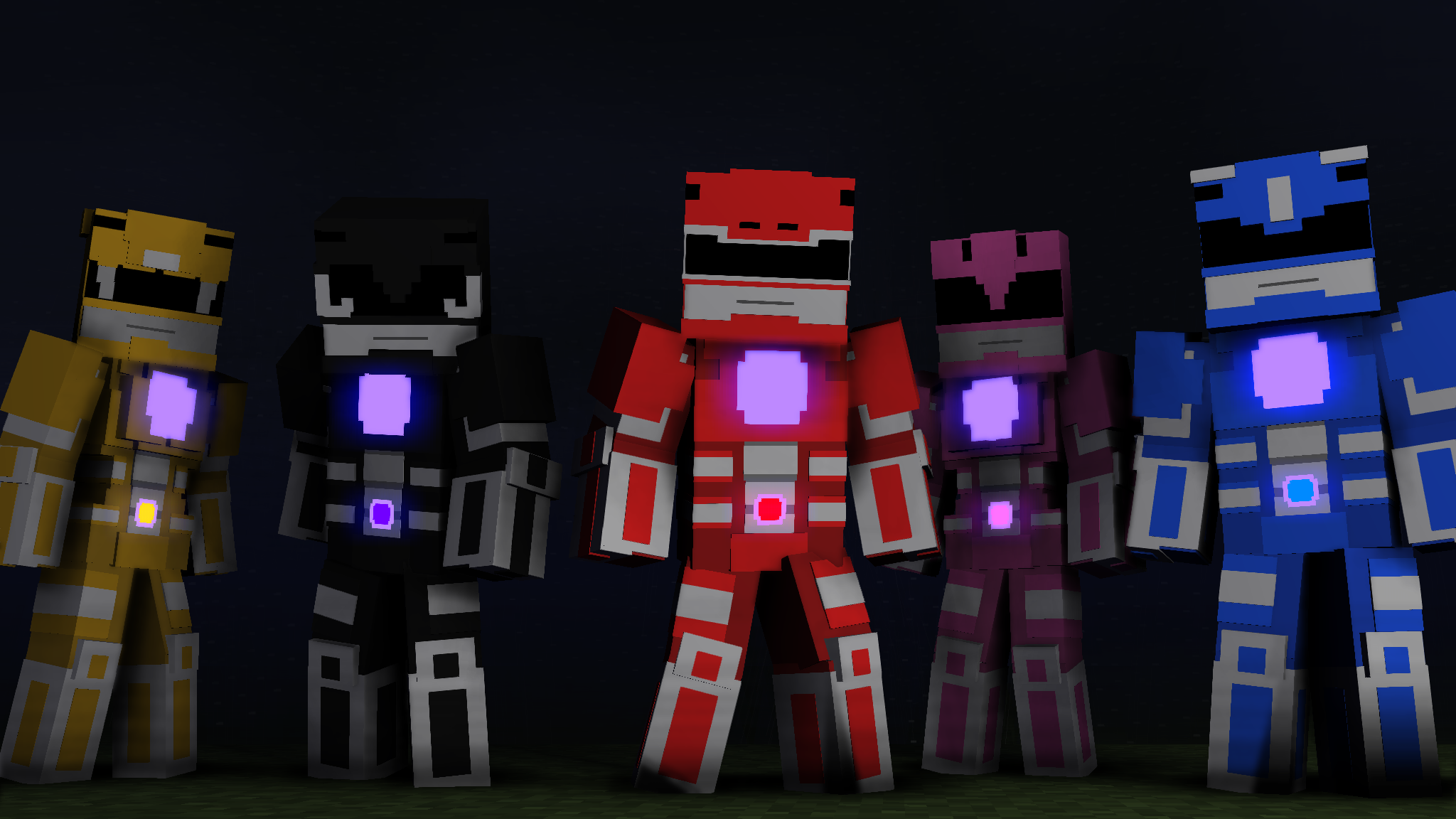



Depth - The distance from the camera that the area not affected by depth of field should be.Speed - How fast in any direction the camera should be shook.īlurs objects in the foreground and/or background.Strength - How far in any direction the camera should be able to be shook.Positional - Allows only for the camera to be randomly repositioned in space close to its center point.Rotational - Allows only for the camera to be randomly rotated around its center point.Look at rotation point - Whether editing the XY or Z rotation should automatically snap the camera to look towards its rotation point.Distance - How far away the camera should be from its rotation point.Gamma - Adjustment for the brightness and contrast of the image.Exposure - The amount of light that reaches the camera.Great for preserving the full range of highlights, shadows, and colors your creations may have. Academy (ACES) - An industry standard TMO, typically used for Movies, Photography, and more.Reinhard - One of the simplest and most common TMOs, very good at circumventing over-exposure.Blades - The number of aperture blades the camera should have.Ĭontrols how lighting affects the scene.Modifies other camera effects that use the Anamorphic ratio settings, simulating bokeh through the aperture of a camera. The extent of the observable world that the camera can display. The resolution of the camera's output in pixels. The properties of a camera can be adjusted through its keyframes, and can be given optional post-processing effects. See Tutorials/Controls for more information. Cameras are controlled similarly to the main work camera, with the main differences being that created cameras can be rolled, and cannot be reset to the default position.


 0 kommentar(er)
0 kommentar(er)
